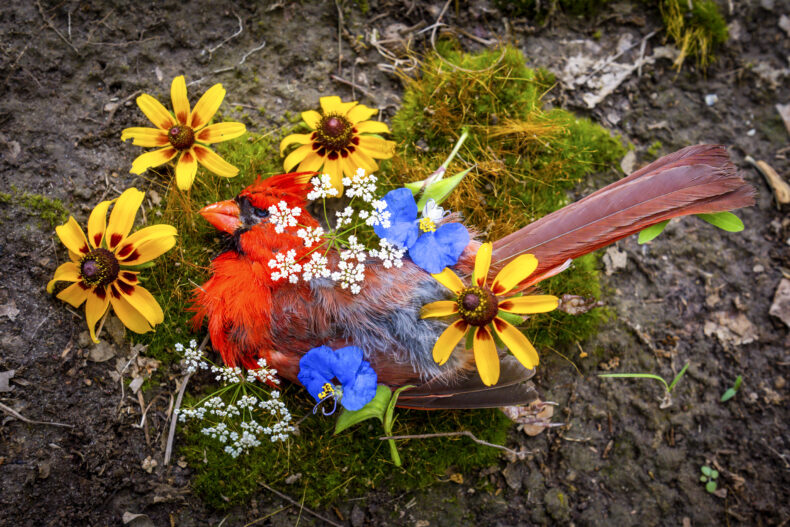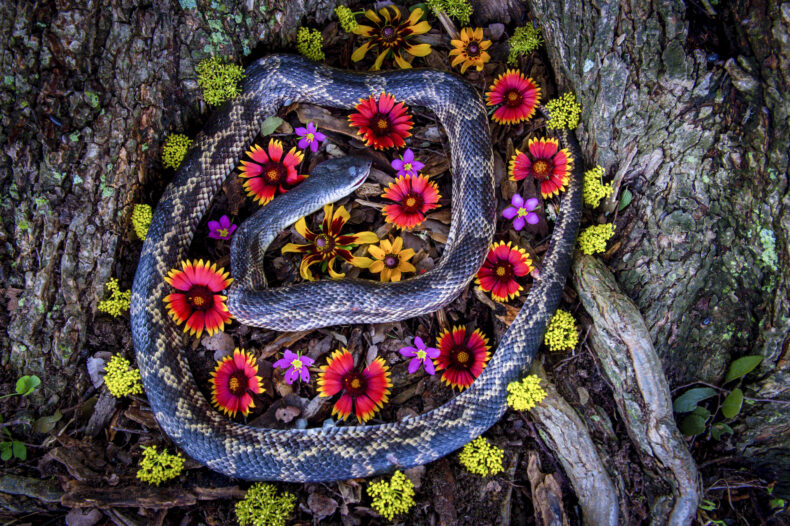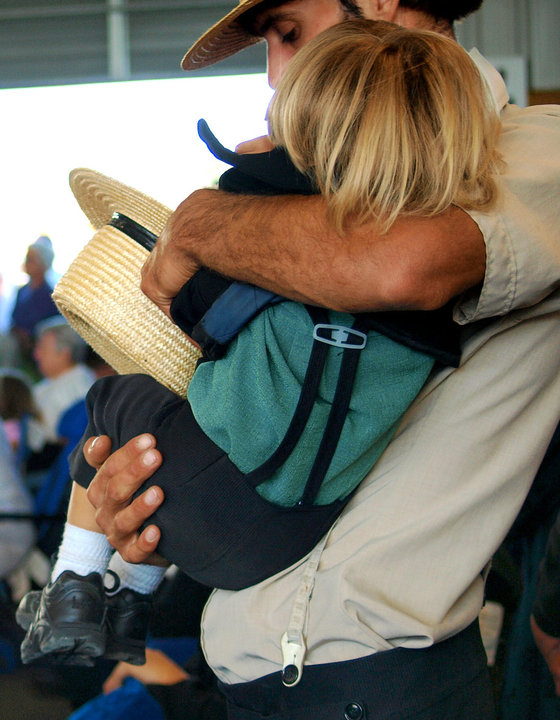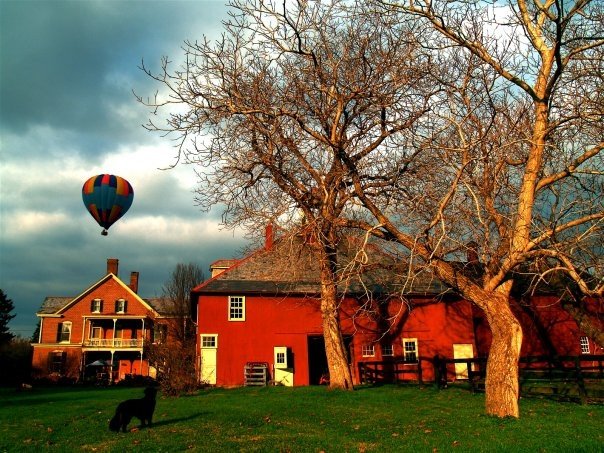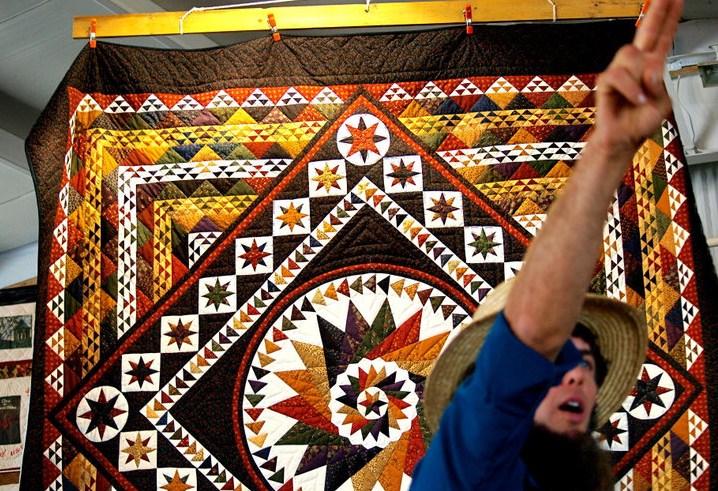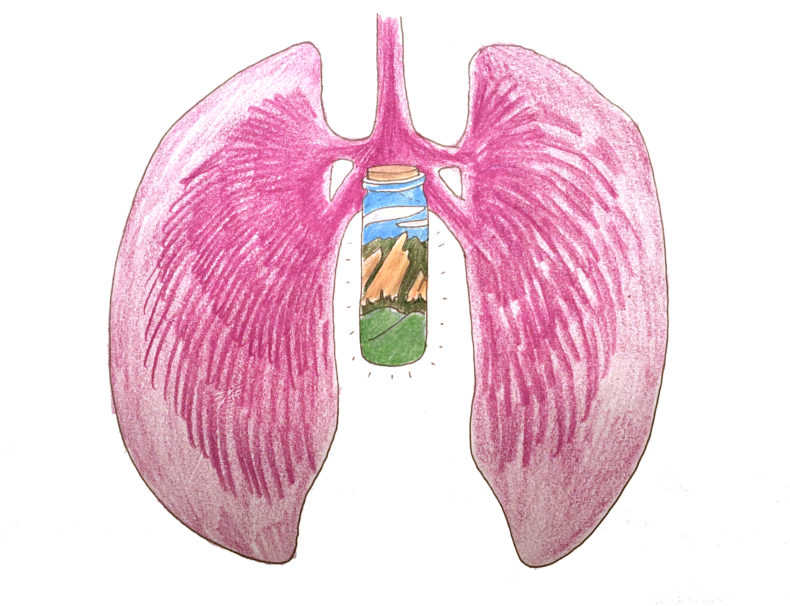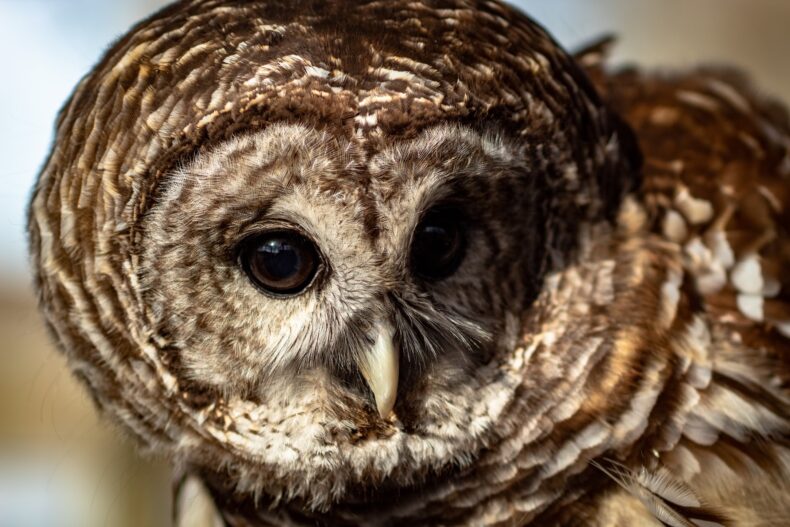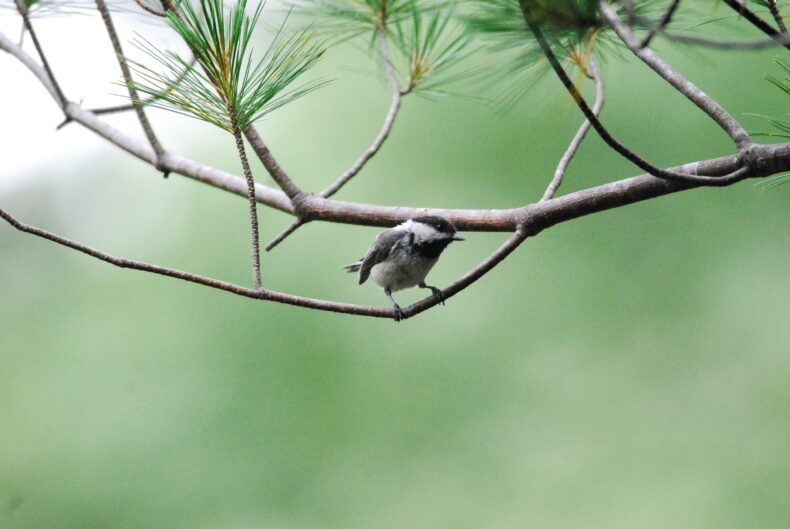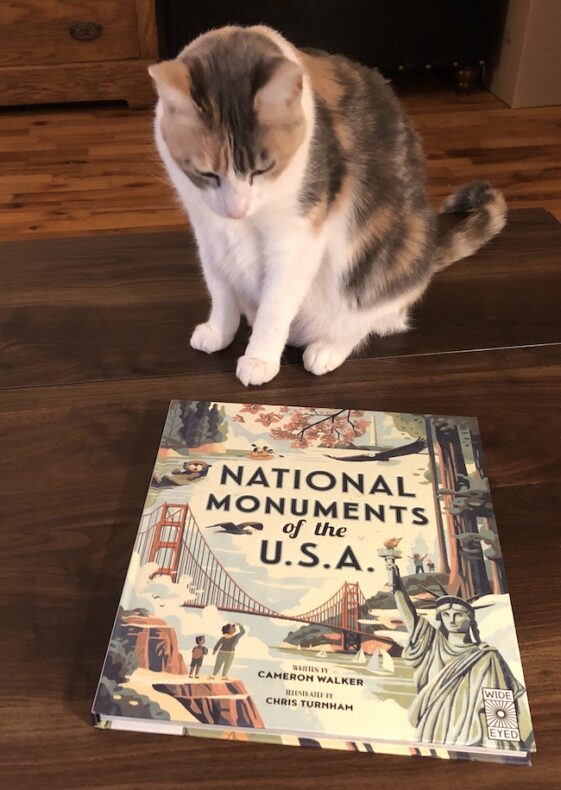
Cameron’s new children’s book, National Monuments of the USA, hadn’t gone to print when she and I met up for tea at the annual science writers conference in Memphis last October. She was still fact-checking and finalizing, and having a (tiny!)(Cameron: big!) freakout about how the book would be received.
To teach history to children isn’t easy, ever. When I read Cameron’s book I understood what a challenge she’d accepted. How to celebrate what’s inspiring and beautiful about America, without blotting out the painful truths many monuments were built to commemorate? We talked about that and other things, now that the book is out and the reviews are in.
Emily: Cameron, how’d this project come about?
Cameron: So my friend Kate Siber, who I met working at Outside magazine many years ago, had done a book about the national parks that has the same wonderful illustrator, Chris Turnham, which had the same format: an introduction, full spreads with illustrations of a selection of the parks, and short write-ups about things to see and do in each park. She had done a few books for the same publisher, and she gave them my name. (Thank you, Kate!)
I learned a lot from this book. There were places I’ve never heard of, especially on the East Coast. Growing up in California — I don’t know what your history and civics education was like — but mine was very, ahem, local.
I feel the same. You probably went to California missions in fourth grade, or things like that? I did, too.
Yes, we made Spanish colonial missions out of sugar cubes. It was weird. Did you visit monuments as part of the writing process? Or was it mostly reported from afar?
A lot of it was reported from afar, because when I started doing the reporting a lot of the monuments were still closed or hard to get to. Once some of the travel restrictions were lifted, I thought, this will be perfect: My kids are being homeschooled, basically. Why don’t we rent an RV and go on a road trip for six months? But as the pandemic continued, I realized, no, my kids really need to be at home and have a steady routine, and I do, too. (Also: renting an RV is expensive!). So we didn’t have our full pandemic road trip, but we did take a short pandemic road trip to see six or seven monuments. We also saw a couple in California on other trips, and I had been to several of the national monuments elsewhere in the past.
Were you talking to the boys about it as you wrote the book? Did they have feedback?
Yeah, they did. They had strong feedback about what they liked and what they didn’t like. And by the end of our road trip, it was like, “Mom, do we really have to go to see another monument?”
I remember talking with one of the boys about Tule Lake National Monument, because he was studying World War II and Japanese incarceration in his history class. I was really having trouble with what language to use [for the camps where Japanese Americans were imprisoned]. We often call them internment camps, but I guess that’s really not correct. Internment camps are for foreign nationals, but most of the people in these camps were U.S. citizens.
These were concentration camps. FDR even said that in memos, his staff said that in memos. But there’s so much feeling about the word “concentration camp” connected with the Holocaust that I wasn’t quite sure what to do. I wanted to use the real word, but also, I didn’t want to stop people in their tracks and have them stop reading and not learn more about Tule Lake because they’re so disturbed by calling these places “concentration camps.” So I was talking to my son about it for a while, and he really got what I was struggling with. At one point, I said, “What if I said they were imprisoned in these camps?” And he thought that was a good solution–saying what was actually happening there.
So that’s what I ended up doing. I also sent the text to a Japanese-American history organization and to the ranger at the site, and so I had background on the camps from them, too, and a sensitivity reader looked at the whole book toward the end of the process. And it was also really great to talk with my son to get the perspective of a kid who’d be reading this.
Continue reading